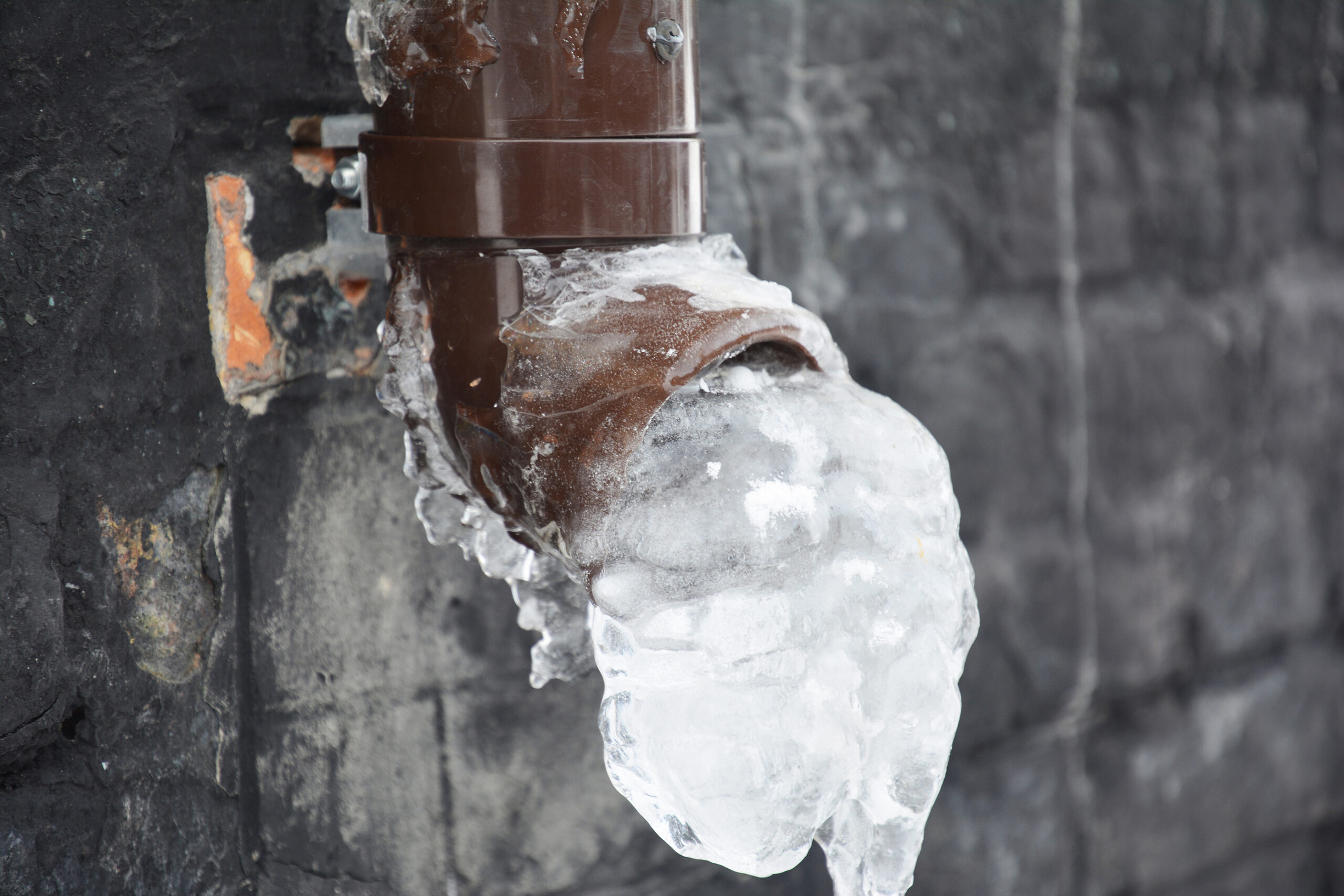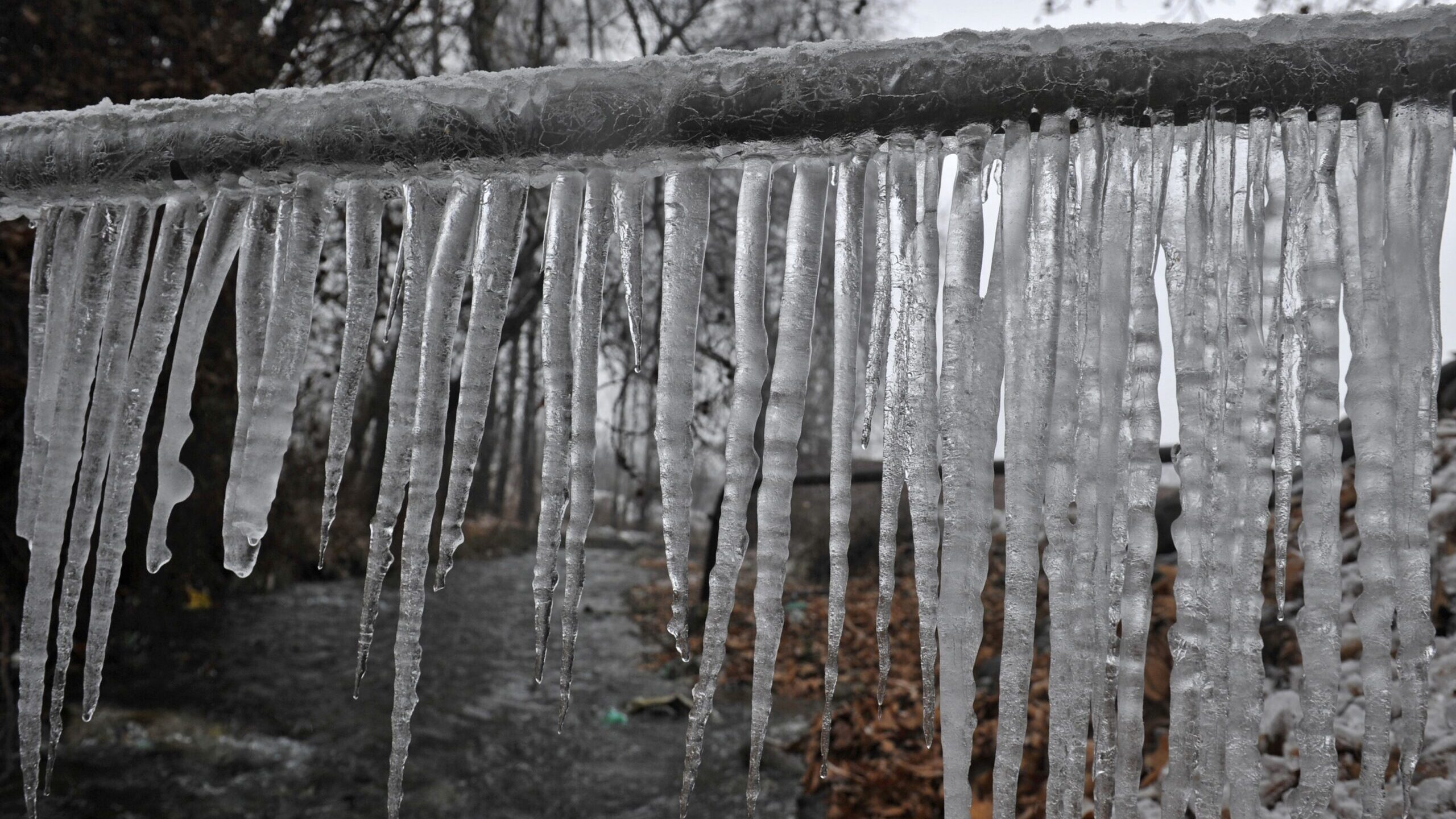This great article directly below about How to Prevent Your Pipes From Freezing is exceedingly fascinating. Give it a try and draw your own final thoughts.

Winter can wreak havoc on your pipes, particularly by freezing pipes. Below's how to stop it from happening and what to do if it does.
Intro
As temperature levels drop, the risk of frozen pipes increases, potentially bring about costly repairs and water damages. Comprehending just how to avoid icy pipes is important for homeowners in cold climates.
Avoidance Tips
Protecting prone pipes
Wrap pipes in insulation sleeves or make use of warm tape to shield them from freezing temperature levels. Concentrate on pipelines in unheated or external locations of the home.
Home heating strategies
Maintain interior rooms adequately warmed, particularly locations with pipes. Open cabinet doors to permit cozy air to distribute around pipes under sinks.
Exactly how to identify icy pipes
Look for reduced water flow from taps, unusual odors or sounds from pipelines, and visible frost on revealed pipes.
Long-Term Solutions
Architectural adjustments
Take into consideration rerouting pipes far from exterior wall surfaces or unheated locations. Include added insulation to attics, basements, and crawl spaces.
Updating insulation
Invest in top notch insulation for pipelines, attics, and walls. Appropriate insulation aids keep regular temperature levels and lowers the threat of icy pipes.
Safeguarding Outside Pipes
Yard pipes and exterior taps
Separate and drain pipes garden tubes prior to winter season. Set up frost-proof faucets or cover exterior faucets with insulated caps.
Understanding Frozen Pipelines
What creates pipes to ice up?
Pipes freeze when revealed to temperature levels below 32 ° F (0 ° C) for extended durations. As water inside the pipelines freezes, it increases, taxing the pipe wall surfaces and possibly triggering them to break.
Risks and damages
Icy pipes can bring about supply of water disturbances, building damages, and expensive fixings. Ruptured pipes can flood homes and trigger considerable structural damage.
Indicators of Frozen Pipes
Determining icy pipelines early can avoid them from rupturing.
What to Do If Your Pipes Freeze
Immediate actions to take
If you think frozen pipes, keep faucets available to soothe stress as the ice thaws. Make use of a hairdryer or towels taken in hot water to thaw pipes gradually.
Verdict
Protecting against icy pipelines needs positive steps and quick responses. By understanding the causes, indicators, and preventive measures, property owners can shield their pipes during winter.
5 Ways to Prevent Frozen Pipes
Drain Outdoor Faucets and Disconnect Hoses
First, close the shut-off valve that controls the flow of water in the pipe to your outdoor faucet. Then, head outside to disconnect and drain your hose and open the outdoor faucet to allow the water to completely drain out of the line. Turn off the faucet when done. Finally, head back to the shut-off valve and drain the remaining water inside the pipe into a bucket or container. Additionally, if you have a home irrigation system, you should consider hiring an expert to clear the system of water each year.
Insulate Pipes
One of the best and most cost-effective methods for preventing frozen water pipes is to wrap your pipes with insulation. This is especially important for areas in your home that aren’t exposed to heat, such as an attic. We suggest using foam sleeves, which can typically be found at your local hardware store.
Keep Heat Running at 65
Your pipes are located inside your walls, and the temperature there is much colder than the rest of the house. To prevent your pipes from freezing, The Insurance Information Institute suggests that you keep your home heated to at least 65 degrees, even when traveling. You may want to invest in smart devices that can keep an eye on the temperature in your home while you’re away.
Leave Water Dripping
Moving water — even a small trickle — can prevent ice from forming inside your pipes. When freezing temps are imminent, start a drip of water from all faucets that serve exposed pipes. Leaving a few faucets running will also help relieve pressure inside the pipes and help prevent a rupture if the water inside freezes.
Open Cupboard Doors
Warm your kitchen and bathroom pipes by opening cupboards and vanities. You should also leave your interior doors ajar to help warm air circulate evenly throughout your home.

I am just very serious about How to prepare your home plumbing for winter weather and I hope you appreciated our article. So long as you liked our page kindly make sure you remember to share it. Thanks a bunch for your time. Revisit us soon.
Set An Appointment